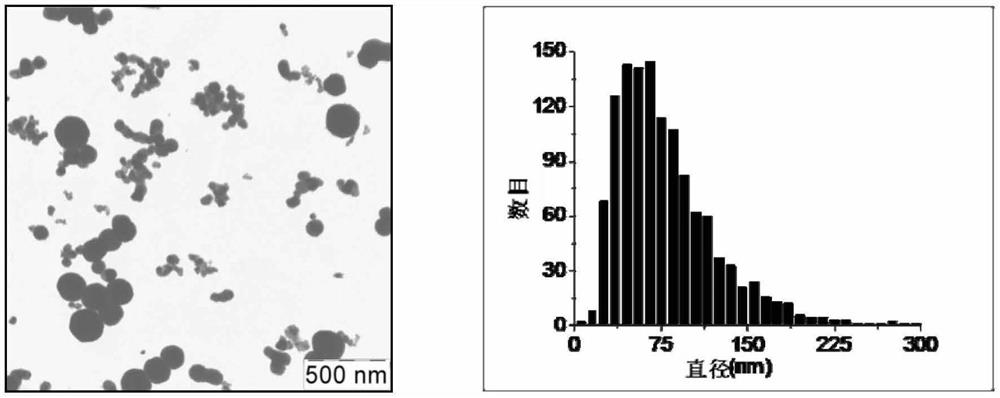Plant cultivation method using metal nanoparticles and nutrient medium applied thereto
A technology of nano-particles and cultivation methods, applied in the field of biology and nanometers in plant cultivation, capable of solving problems such as destroying cells
- Summary
- Abstract
- Description
- Claims
- Application Information
AI Technical Summary
Problems solved by technology
Method used
Image
Examples
preparation example Construction
[0044] Regarding the preparation of the nutrient medium according to the present invention, any known balanced nutrient medium (containing all organic and inorganic macronutrients and micronutrients essential to plants) preparations can be used as a basis. Therefore, in order to prepare the nutrient medium according to the present invention, electrically neutral iron nanoparticles, electrically neutral zinc nanoparticles, or electrically neutral copper nanoparticles, or a combination thereof are used instead of iron salt, zinc salt or copper salt or these The combination of salts is introduced into the medium while the other components of the nutrient medium used as the basis remain unchanged.
[0045] In order to prove the possibility of implementing the present invention, the agar Murashing-Skoog nutrient medium preparation (see Table 1) is used as a basis to prepare the nutrient medium composition according to the embodiment of the present invention.
[0046] In the embodiment o...
Embodiment 1
[0099] Example 1: The effect of metal nanoparticles and chitosan in the nutrient medium composition on the germination of tomato seeds.
[0100] Seed germination is characterized by the value of germination index, which is defined as the percentage of the number of germinated seeds to the total number of seeds taken. The seed germination index was determined on the 15th day after the start of plant cultivation.
[0101] Figure 2A-2D It shows the effect of replacing metal salts with metal nanoparticles in the nutrient medium composition and supplementation of chitosan (100 mg / L) on the germination of Venice tomato seeds.
[0102] Figure 2A It was shown that on a nutrient medium containing iron nanoparticles with a concentration of 0.6-10.0 mg / L, the germination index of tomato seeds increased by 13-27% (compared to the control group). The addition of chitosan to the nutrient medium containing iron nanoparticles showed an additional increase of 23-33% in germination index.
[0103] ...
Embodiment 2
[0106] Example 2: The effect of metal nanoparticles in the nutrient medium composition on the morphological indicators of pepper and tomato plants ring.
[0107] The morphological indicators of plants (germination length, root length, and green part biomass yield) were measured on the 40th day after the plant was cultured on a nutrient medium containing metal nanoparticles (under the above conditions). The results are expressed as a percentage between the index obtained in the experiment (test group) and the control group.
[0108] Figure 3A-3D The effect of metal nanoparticles in the nutrient medium composition on the root length of LJ-king pepper is shown.
[0109] From Figure 3A It can be seen that, compared with the control group, the nutrient containing iron nanoparticles with concentrations of 0.06mg / L, 0.3mg / L and 3.0mg / L instead of ionic iron (5.6mg / L as metal) Cultivating pepper on the medium resulted in a 54%, 118% and 102% increase in root length. This positive effec...
PUM
 Login to View More
Login to View More Abstract
Description
Claims
Application Information
 Login to View More
Login to View More - R&D
- Intellectual Property
- Life Sciences
- Materials
- Tech Scout
- Unparalleled Data Quality
- Higher Quality Content
- 60% Fewer Hallucinations
Browse by: Latest US Patents, China's latest patents, Technical Efficacy Thesaurus, Application Domain, Technology Topic, Popular Technical Reports.
© 2025 PatSnap. All rights reserved.Legal|Privacy policy|Modern Slavery Act Transparency Statement|Sitemap|About US| Contact US: help@patsnap.com



